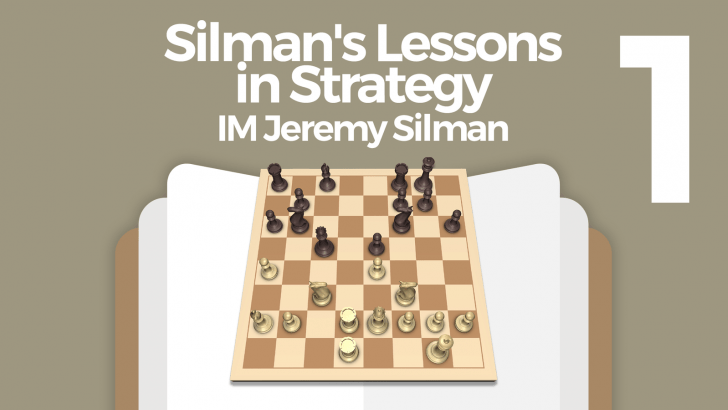Silman's Lessons in Strategy (1)
Challenge your strategic knowledge with IM Jeremy Silman!
Are you looking for strategic lessons from one of the best instructors ever? Then this course is for you! This module contains instructive positional challenges put together by IM Jeremy Silman. Some are very long, and experts and masters (USCF or Elo ratings above 2000) will not find many of these to be easy. A novice or intermediate level player (USCF or Elo ratings below 1800) will find these challenges quite difficult, but they will learn a bit more with each attempt, all the way until they reach master or higher!
Here is what you will learn:
- Thematic strategical elements using historical master game examples.
- How to best use elements like space, development, big pawn centers, and isolated pawns to your advantage.
- How to inject imagination into your play.
"Very good lessons, I really enjoyed playing through those games and I've learned a lot". - Chess.com Member poppydove
"Silman's lessons are always of the best quality." - Chess.com member TensorNetwork
